Andorra, officially known as the Principality of Andorra, is a small landlocked country in Europe’s eastern Pyrenees Mountains. With a rich history, stunning landscapes, and a unique political system, Andorra offers visitors and residents a truly distinctive experience. This article aims to provide an in-depth perspective on Andorra, drawing information from authentic sources to showcase the country’s geography, culture, economy, and governance.
Geography
Andorra is between Spain to the south and France to the north, making it the sixth-smallest nation in Europe. Despite its small size, the country boasts a diverse topography, with rugged mountains, deep valleys, and scenic lakes. The highest peak, Coma Pedrosa, stands at 2,942 meters (9,652 ft), attracting hikers and nature enthusiasts. The capital city, Andorra la Vella, is located in the country’s southwestern part and serves as the political and commercial center.
Critical features of Andorra’s geography:
1. Mountainous Terrain: The Pyrenees Mountains dominate the landscape of Andorra, with more than 65% of the country covered by mountains. The highest peak is Coma Pedrosa, rising to an impressive height of 2,942 meters (9,652 feet) above sea level.
2. Valleys and Rivers: Among the mountainous terrain, several valleys and glacial lakes add to the country’s beauty. Valira del Nord and Valira d’Orient are the primary valleys that converge to form the Valira River, the principal waterway in Andorra.
3. Landlocked Location: As a landlocked country, Andorra lacks a coastline and direct access to the sea. However, its position within the Pyrenees gives it a distinctive charm and makes it a popular destination for outdoor enthusiasts and nature lovers.
4. Climate: Andorra experiences a mountain climate characterized by cold winters with ample snowfall and mild summers. Due to its elevation, temperatures vary significantly between the valleys and the higher altitudes.
5. Biodiversity: Despite its small size, Andorra is home to a diverse range of flora and fauna, including beech, oak, and pine forests, as well as various wildlife species like marmots, chamois, and birds of prey.
6. Urban Centers: Andorra’s population is concentrated in several small towns and villages, with the capital, Andorra la Vella, being the most populous and the political and economic center of the country. Other notable towns include Escaldes-Engordany, Encamp, and La Massana.
7. Tourism: Andorra’s picturesque landscapes, ski resorts, and duty-free shopping have made tourism a significant sector of its economy. Visitors flock to the country for skiing, snowboarding, hiking, and enjoying the natural beauty of the Pyrenees.
Overall, Andorra’s geography plays a crucial role in shaping its culture, economy, and way of life. The mountainous terrain and stunning landscapes make it a unique destination that offers a mix of outdoor adventure and tranquility amid the scenic beauty of the Pyrenees.
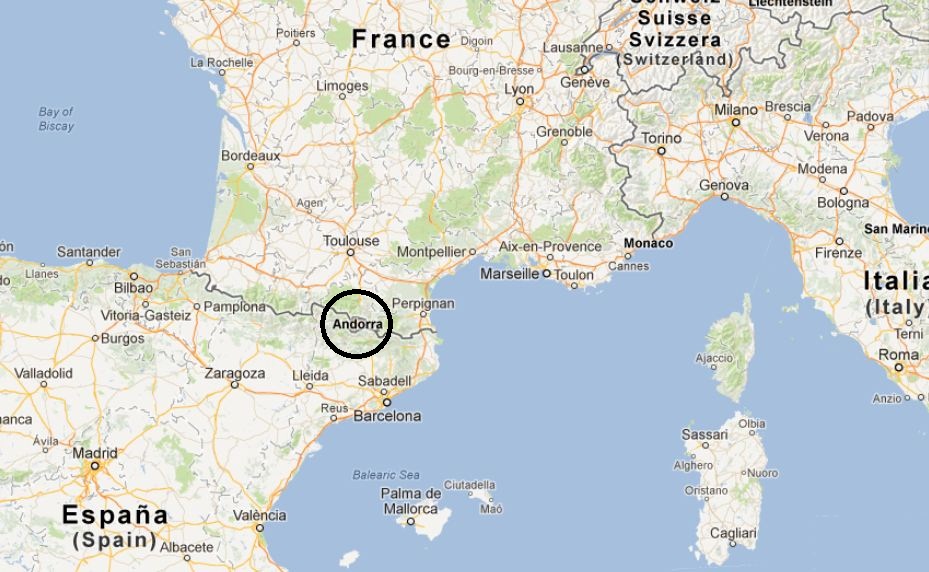
Culture and Language
Andorra’s culture is a blend of Spanish, French, and Catalan influences, owing to its proximity to these countries. The official language is Catalan, spoken by most of the population. The country embraces its traditional roots, and folklore festivals, music, and dance are integral to Andorran culture. The Roman Catholic Church plays a significant role in people’s lives, with numerous churches and religious celebrations spread across the country.
Culture in Andorra:
1. Historical Influences: Andorra has a history dating back to the Roman era and has been influenced by various civilizations and cultures over the centuries. It was co-principality under the rule of the Spanish Bishop of Urgell and the French President, which persisted until 1993.
2. Folk Traditions: The people of Andorra have preserved many folk traditions and customs. Traditional folk dances, music, and festivals like the “Festa Major” are essential to Andorran culture.
3. Cuisine: Andorran cuisine is influenced by Catalan, French, and Spanish culinary traditions. Local dishes often include mountain specialties like trinxat (a dish made from cabbage, potatoes, and bacon), escudella (a hearty stew), and a variety of cured meats and cheeses.
4. Arts and Crafts: Andorra’s culture embraces various forms of arts and crafts. Local artisans create intricate woodwork, pottery, and woven fabrics that showcase the country’s talent and craftsmanship.
5. Religion: Roman Catholicism is the dominant religion in Andorra, and its influence is evident in the many religious festivals and events celebrated throughout the year.
Language in Andorra:
1. Catalan Language: Catalan is the official language of Andorra and is spoken by the vast majority of the population. It is a Romance language similar to the Catalan dialect spoken in Catalonia, Spain.
2. Bilingual Education: The Andorran educational system offers bilingual education in Catalan and Spanish. French is also commonly taught in schools, reflecting the country’s proximity to France.
3. Multilingual Society: Due to its location and tourist appeal, Andorra is multilingual. Many residents and workers are proficient in multiple languages, including English, to accommodate visitors worldwide.
4. Language Protection: Andorra takes pride in preserving and promoting Catalan. Measures have been implemented to ensure its continued use and relevance in the country’s institutions and daily life.
In summary, Andorra’s culture and language are deeply rooted in its history and location. Catalan remains at the heart of its identity, while the country embraces diverse cultural influences from its surrounding neighbors. With its stunning landscapes and rich heritage, Andorra continues to captivate visitors and locals alike.
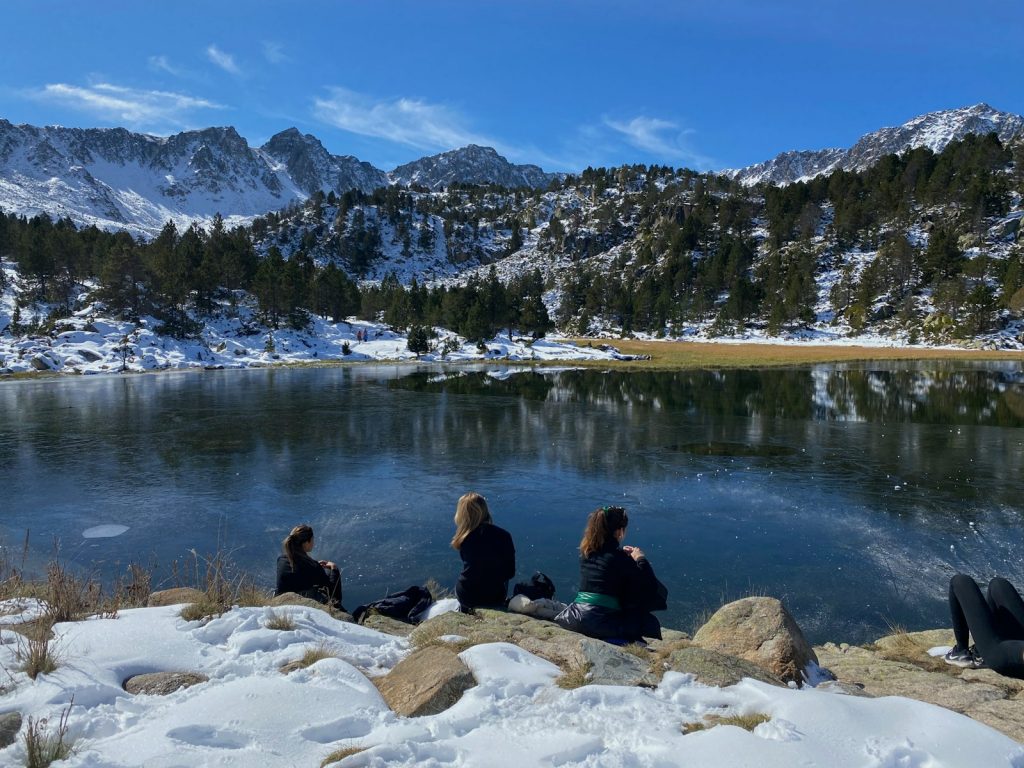
Economy
Andorra’s economy has undergone a remarkable transformation over the years. Historically reliant on agriculture and the iron industry, the country shifted its focus toward tourism and finance. Today, tourism accounts for a significant portion of Andorra’s GDP. The country attracts visitors with ski resorts, hiking trails, and duty-free shopping, drawing crowds from neighboring countries. Furthermore, Andorra has developed into a thriving financial hub, with a low tax regime attracting international businesses.
1. Tourism: Tourism is a vital sector in Andorra, accounting for a significant portion of the country’s GDP. The country attracts millions of tourists yearly, especially during the winter, due to its excellent ski resorts and picturesque mountain landscapes. Additionally, Andorra’s tax-free shopping and favorable VAT rates make it an attractive destination for shoppers.
2. Banking and Finance: Andorra has a well-developed and stable banking sector. The country’s banking system has traditionally been known for its secrecy laws, attracting foreign deposits. However, in recent years, Andorra has been working towards improving transparency and complying with international standards to combat money laundering and tax evasion.
3. Trade: Andorra has a unique trade relationship with France and Spain. The country is not a member of the European Union but has a special customs union agreement with the EU. It has the euro as its official currency, allowing for seamless trade with both EU member states.
4. Services: The services sector is crucial in the Andorran economy. Besides tourism and banking, the country offers various professional services, including legal, accounting, and consulting services, catering to domestic and international clients.
5. Agriculture and Livestock: Despite its mountainous terrain, Andorra does engage in some agricultural activities, mainly for local consumption. The primary agricultural products include tobacco, wheat, barley, and grapes. Livestock farming, mainly sheep farming, is also present.
6. Limited Industrial Sector: Andorra has a limited industrial base due to its small size and mountainous landscape. The country imports most manufactured goods, leading to a trade deficit. However, the government has encouraged some light industries, such as textile manufacturing and electronics assembly, to diversify the economy.
7. Tax Haven: In the past, Andorra was known for its lenient tax policies and banking secrecy, attracting foreign investment. However, the country has taken steps to comply with international tax standards and has signed various agreements to prevent tax evasion and improve transparency.
It is essential to note that Andorra faces challenges related to its small market size, reliance on tourism, and potential vulnerability to economic fluctuations in neighboring countries. Nevertheless, the government continues implementing policies to diversify the economy, promote sustainable growth, and maintain its position as a prosperous and attractive destination for tourists and investors.
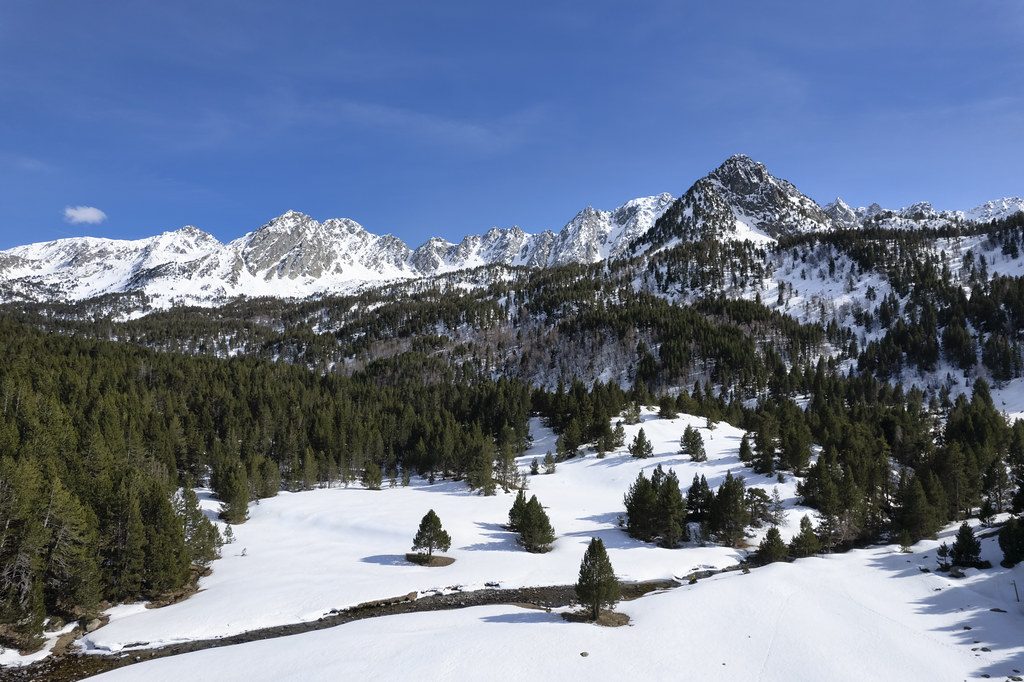
Governance
Andorra has a unique political structure as a parliamentary co-principality. It is jointly ruled by two co-princes – the President of France and the Bishop of Urgell in Spain. The Head of Government leads the elected government’s day-to-day governance. Andorra follows a constitutional framework that ensures a balance of power and protects the rights and liberties of its citizens.
Governance of Andorra is unique, as it is a parliamentary co-principality with two heads of state: the President of France and the Bishop of Urgell in Catalonia, Spain. This arrangement dates back to the medieval period when the Andorran people sought protection from neighboring powers.
The co-prince roles are mainly ceremonial and are represented in Andorra by two designated representatives. The real political power in Andorra lies with its government, which operates under a parliamentary democracy.
The political system in Andorra is based on a bicameral parliament consisting of the General Council (Consell General) and the Executive Council (Consell Executive).
1. General Council: The General Council is the legislative body of Andorra and is composed of 28 members elected by universal suffrage. The elections are held every four years, and each of the seven parishes in Andorra elects four members. The General Council has the authority to enact laws, approve the budget, and oversee the government’s actions.
2. Executive Council: The Executive Council is the executive branch of the government and is headed by the Prime Minister (Cap de Govern). The General Council elects the Prime Minister, leads the government, and implements policies. The Executive Council consists of several ministers appointed by the Prime Minister, each overseeing specific areas of governance.
A multi-party system characterizes Andorra’s political landscape, and coalition governments are typical due to the relatively small size of the General Council.
The country’s judicial system is independent and operates separately from the government. Andorra’s legal system is based on civil law, influenced by the co-prince’s civil and canon law. It is not a member of the European Union, although it maintains a special relationship with the EU through various agreements.
The governance of Andorra strives to strike a balance between preserving its unique historical traditions while also adapting to modern challenges and demands. As a prosperous nation with a high standard of living and a strong tourism industry, the government’s policies focus on economic development, social welfare, and environmental sustainability.
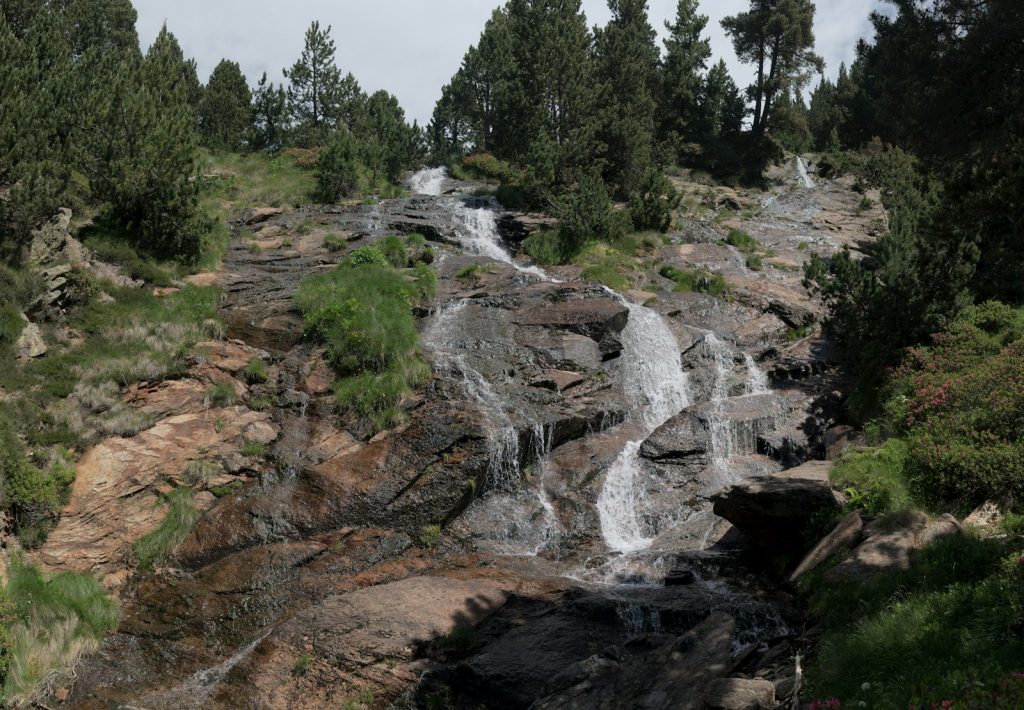
Tourism and Recreation
Andorra’s stunning natural landscapes make it an ideal destination for outdoor enthusiasts. The country is renowned for its ski resorts, such as Grandvalira and Vallnord, which offer excellent facilities and attract skiers and snowboarders worldwide. During the summer, hiking, mountain biking, and horseback riding are popular activities, allowing visitors to explore the picturesque valleys and enjoy breathtaking views.
Nature lovers and adventure enthusiasts are drawn to Andorra’s pristine wilderness, which boasts breathtaking mountain peaks, lush valleys, and crystal-clear lakes. During the summer, visitors can enjoy hiking and trekking along well-marked trails that lead to picturesque viewpoints and hidden gems. Mountain biking, horseback riding, and fishing are famous for those seeking an adrenaline rush.
In the winter, Andorra transforms into a winter wonderland, attracting skiers and snowboarders worldwide. The country boasts several world-class ski resorts, such as Grandvalira and Vallnord, offering a wide range of slopes suitable for beginners to expert skiers. These resorts also provide opportunities for other snow-related activities, like snowshoeing and snowmobiling.
Beyond its natural beauty, Andorra has a rich cultural heritage that visitors can explore in its charming villages and towns. The capital city, Andorra la Vella, boasts a mix of modernity and tradition, with its shopping avenues, restaurants, and vibrant nightlife coexisting with historic landmarks like the Casa de la Vall and the Sant Esteve Church.
One of Andorra’s unique draws is its status as a tax haven, which attracts shoppers looking for duty-free bargains on luxury goods, electronics, and other items. The country’s commercial centers, such as Escaldes-Engordany and Pas de la Casa, are bustling with visitors seeking retail therapy.
Andorra also hosts various cultural events and festivals annually, showcasing its traditions, music, dance, and local cuisine. These events provide travelers with an immersive experience connecting with the authentic Andorran way of life.
Moreover, wellness tourism is gaining popularity, with visitors indulging in the country’s thermal spas and wellness centers, offering relaxation and rejuvenation amid the beautiful natural surroundings.
In summary, Andorra’s diverse tourism and recreation offerings cater to a broad range of interests. Whether seeking outdoor adventures, cultural experiences, or retail therapy, this charming country has something unique to offer every traveler.
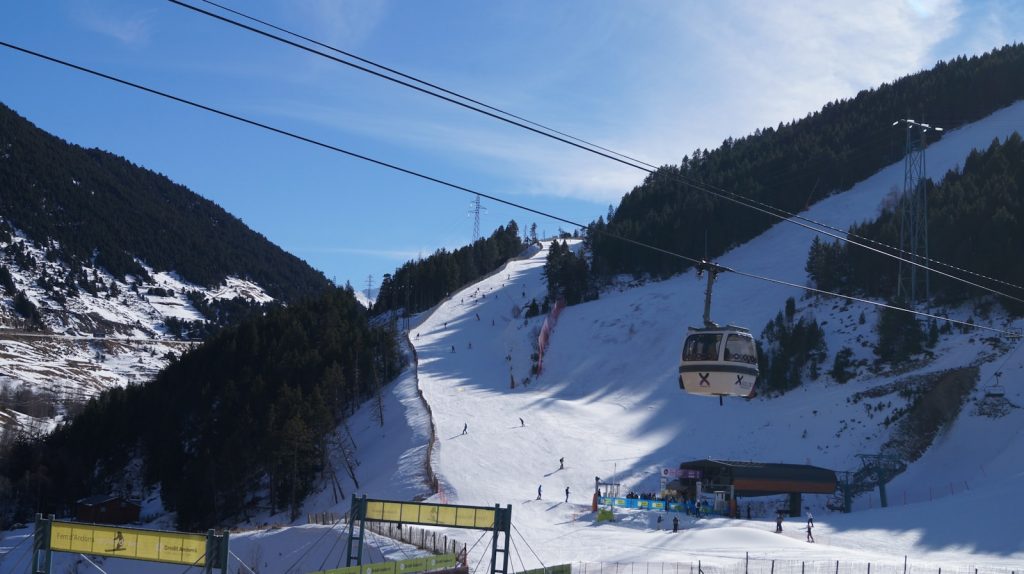
Conclusion
Andorra, the Principality in the Pyrenees, captivates visitors with its natural beauty, rich culture, and unique governance structure. As a small nation, it has managed to carve out a niche in tourism and finance, attracting travelers and businesses. Whether you seek adventure in the mountains or wish to immerse yourself in Andorran culture, this remarkable country offers a memorable experience that will leave a lasting impression.
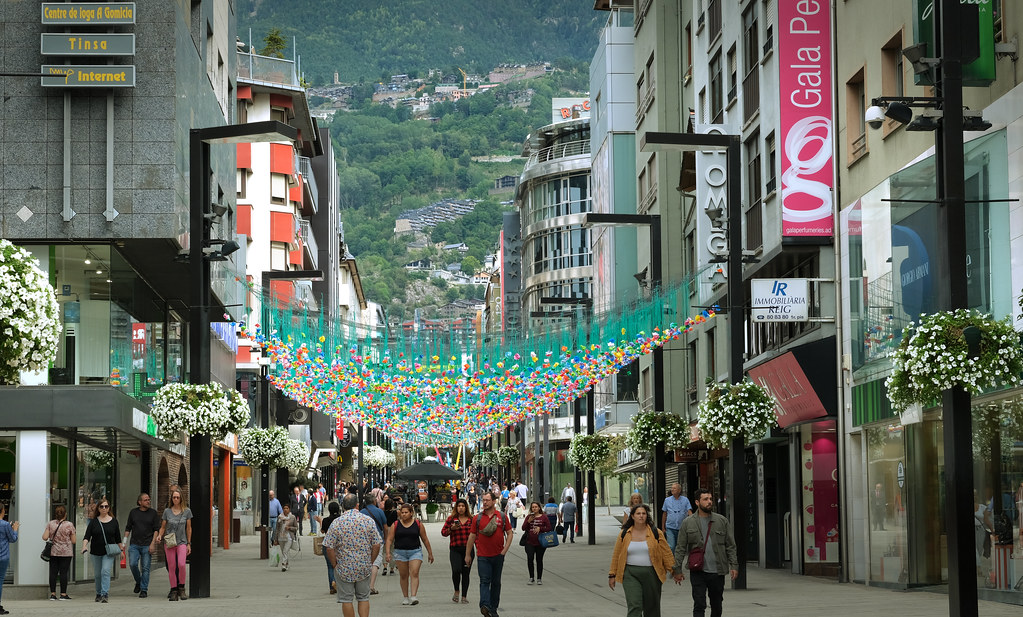
FAQ
Q: Where is Andorra located?
A: Andorra is located in the eastern Pyrenees Mountains of Europe, between Spain to the south and France to the north.
Q: What is the capital city of Andorra?
A: The capital city of Andorra is Andorra la Vella, which is located in the southwestern part of the country.
Q: What is the official language of Andorra?
A: The official language of Andorra is Catalan. Most of the population speaks Catalan, which is also the language used in official government communications.
Q: What is the economy of Andorra based on?
A: The economy of Andorra is based on tourism and finance. The country attracts visitors with ski resorts, hiking trails, and duty-free shopping. Additionally, Andorra has developed into a financial hub with a low tax regime, attracting international businesses.
Q: How is Andorra governed?
A: Andorra has a unique political structure as a parliamentary co-principality. It is jointly ruled by two co-princes—the President of France and the Bishop of Urgell in Spain. The elected government’s day-to-day governance is carried out and led by the Head of Government.
Q: What are some famous tourist attractions in Andorra?
A: Andorra offers various tourist attractions, including its ski resorts like Grandvalira and Vallnord, which are famous for winter sports. The country’s natural landscapes, such as mountains, valleys, and lakes, provide opportunities for hiking, mountain biking, and other outdoor activities. Additionally, visitors can explore the historical sites and churches and enjoy the vibrant culture of Andorra.
Q: What is the climate like in Andorra?
A: Andorra has a mountainous climate with cold winters and mild summers. The region experiences heavy snowfall during the winter, making it an ideal destination for winter sports enthusiasts. Summers are generally pleasant, with temperatures ranging from mild to warm.
Q: How can I reach Andorra?
A: Andorra does not have an airport. The closest airports are Barcelona-El Prat Airport in Spain and Toulouse-Blagnac Airport in France. You can reach Andorra by bus, taxi, or rental car from there.
Q: Is Andorra a member of the European Union?
A: Andorra is not a European Union (EU) member. However, it maintains a special relationship with the EU through various agreements and treaties.
Q: What currency is used in Andorra?
A: Andorra does not have its currency. The official currency used in Andorra is the Euro (€).


